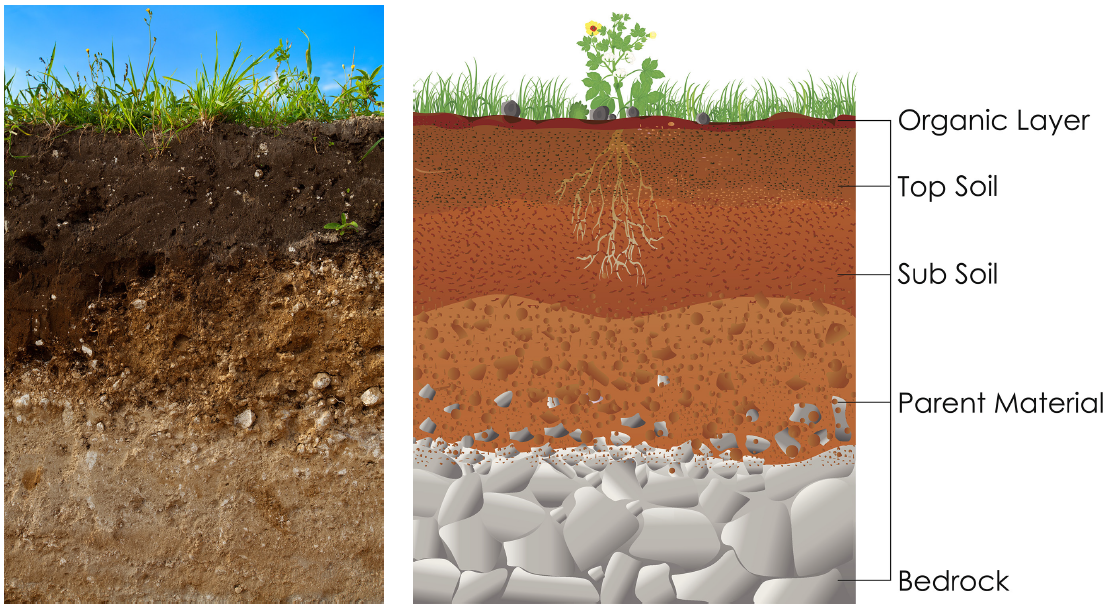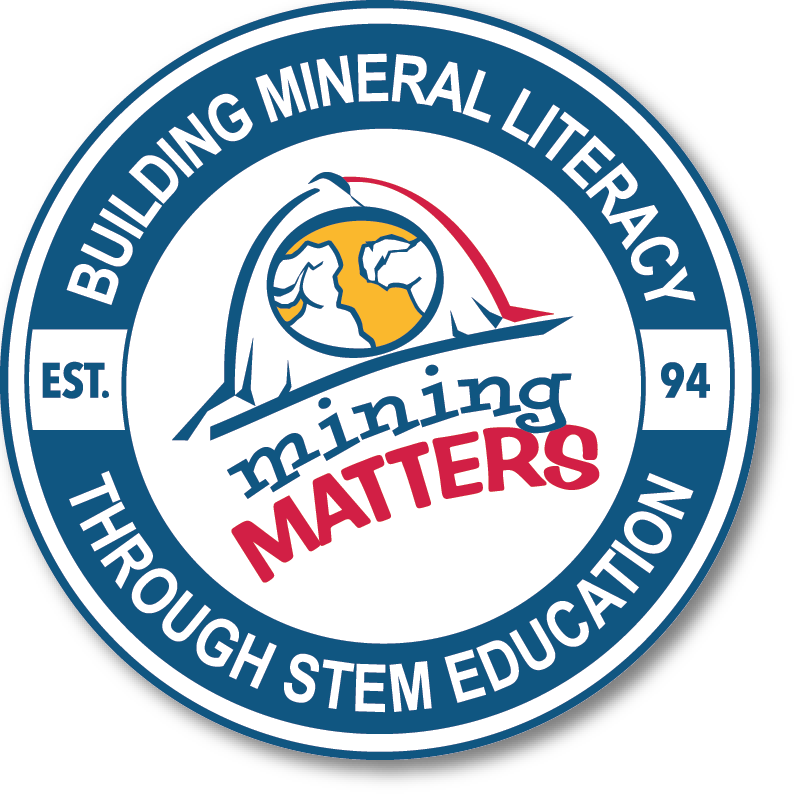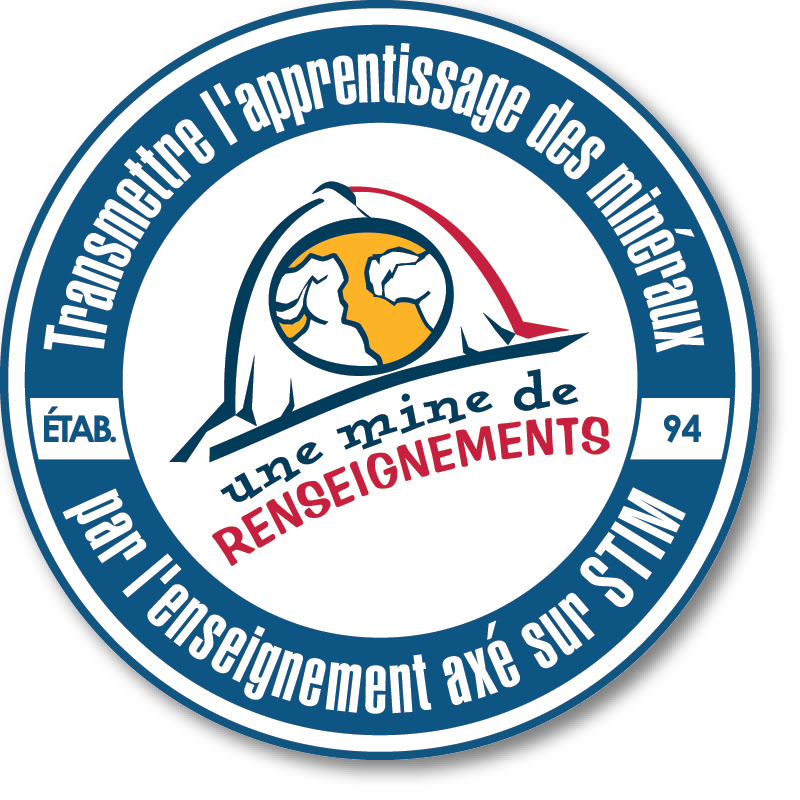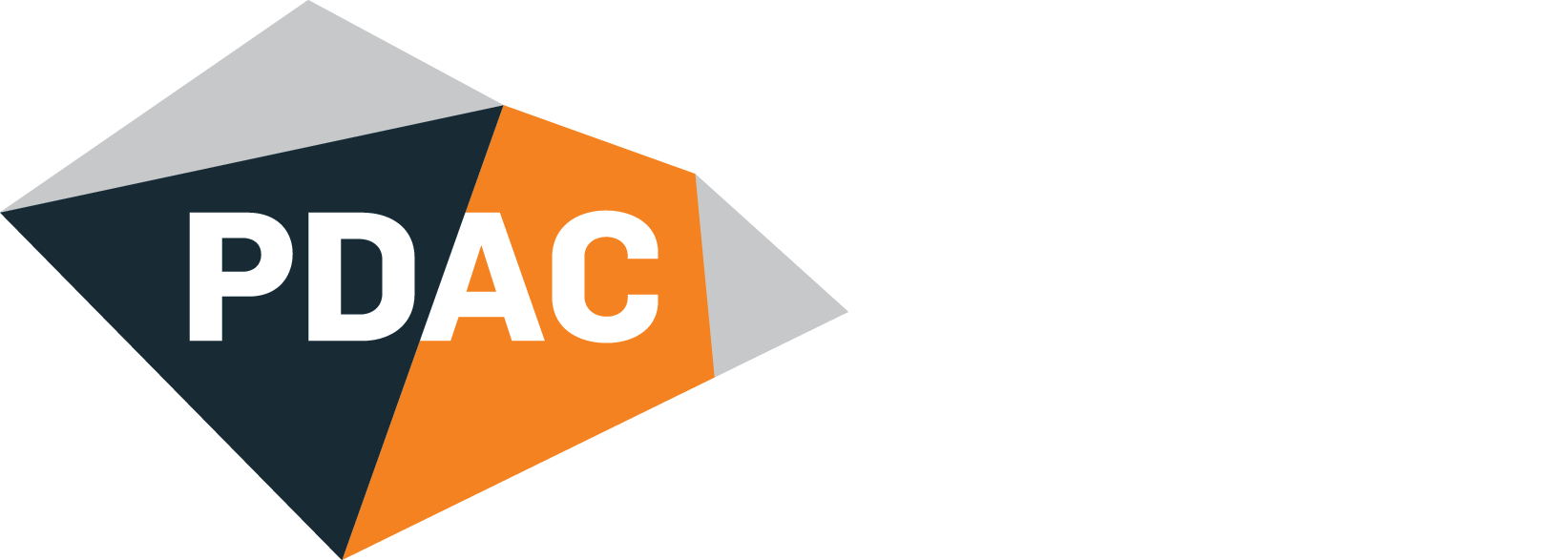Soil Design Challenge
Background
Soil is defined as the naturally occurring, unconsolidated mineral or organic material at least 10 cm thick that occurs at the Earth’s surface and is capable of supporting plant growth (Source: sis.agr.gc.ca/cansis/taxa/cssc3/chpt02.html).
To understand the soil of an area, soil scientists (known as pedologists) take samples from many locations. These samples are part of a larger study called a soil survey. A soil survey is a carefully planned study of the soils in an area. The scientists examine, describe, classify and map the soils.
A soil profile is one part of a formal soil survey. A soil profile shows and describes the layers of the soil just below the surface of the earth. This profile is one tool used to classify the soils of the area. To create a soil profile, pedologists look at a cross-section of the land. In this cross-section, they can observe and describe the physical properties for each layer or horizon they see.
Soil Composition
Soil is all around us, it is also important to our daily lives. While many people merely
think of it as dirt (do NOT say this in front of a pedologist!), it is essential to us. Most plants
need soil to grow in, without it we wouldn’t be able to grow wheat (bread), vegetables, or fruit.
Soil Formation
If you could look below the Earth’s surface, you would see that soil is formed in layers (see photo and diagram above). Pedologists call these layers horizons. By studying soil horizons scientists can determine the age of the soil, how it was formed and its suitability for farming, construction or environmental projects. A soil profile has three horizons, from the surface downwards they are called A, B and C.
A horizon – is the top layer of soil (topsoil). It is the most fertile because of the organic matter which has accumulated from plant and biological activity. Full of nutrients, topsoil is the most productive layer for growing plants and supporting life. Earthworms, insects, microorganisms and plant roots live here.
B horizon – is the soil under the top layer (subsoil). Usually lighter in colour because it doesn’t contain organic matter, making it less fertile. This layer is rich in minerals but low in nutrients and organic matter which makes it less productive for plant growth. If topsoil is washed or stripped away, plants are forced to find nourishment in the subsoil.
C horizon – is the soil layer that lies under the subsoil and contains deposits of sand, gravel, pebbles, boulders and rocks. This is the original material, also called the parent material, from where the soil developed.
Under the C horizon is the bedrock - Solid rock that lies beneath the soil.
Objectives
This is a design/innovation challenge! Challenge your friends to make a soil horizon and then compare what you each made, are they similar? Refer to the example below to see what you are aiming to accomplish.
Materials
- Worksheet (see end of document), Paper, or Notebook
- Soil (this can be found in yards, house plant pots, gardens, etc. Make sure you have permission to borrow the soil and put it back when you are done)
- Magnifying glass
- Pencil and eraser
- Coloured pencils
- Paper or Notebook
- LEGO® bricks sets or Maker Brane (makerbrane.com)
Preparation
- Investigate your soil sample using a magnifying glass and your hands to feel texture.
- On the worksheet provided or use paper/notebook to create your own ‘Scientific Lab Book’ draw and label your soil sample.
- Answer the question: What is soil made of?

Instructions
Soil Profile Building Block Design Challenge
- On the worksheet provided or in your lab book, sketch and label a diagram of a soil profile.
- Find your materials, you can use LEGO®, building blocks, or try Maker Brane (makerbrane.com) and use both!
- Create a legend on your worksheet or in your lab book by documenting the colours chosen to represent each part.
- Once you have completed your master piece share it with us on Instagram (@miningmatters) #soildesignchallenge (make sure you have permission before posting anything online)
- If you are using Maker Brane and don’t have a subscription you can always take a screen shot!

Extensions
If you are interested in learning more about the specific properties of soil check out the Canadian System of Soil Classification sis.agr.gc.ca/cansis/publications/manuals/1998-cssc-ed3/cssc3_manual.pdf
Tips
Maker Brane
A digital 3D builder, the basic account is free, with tutorials to get you started!




